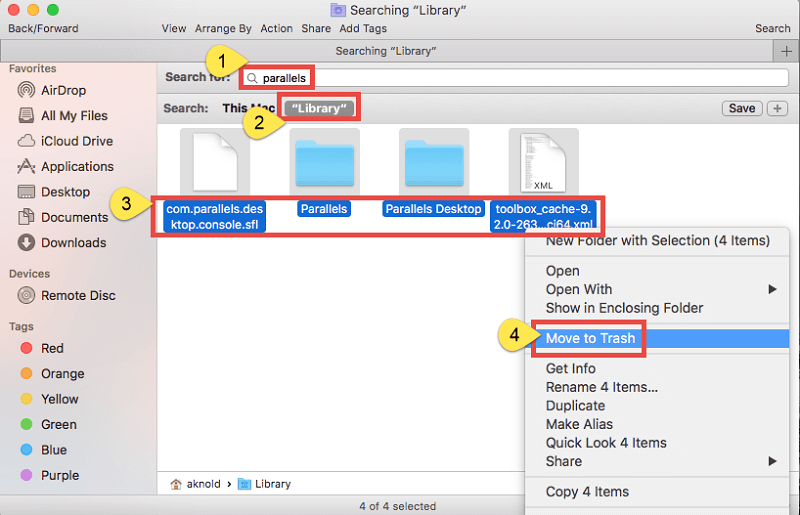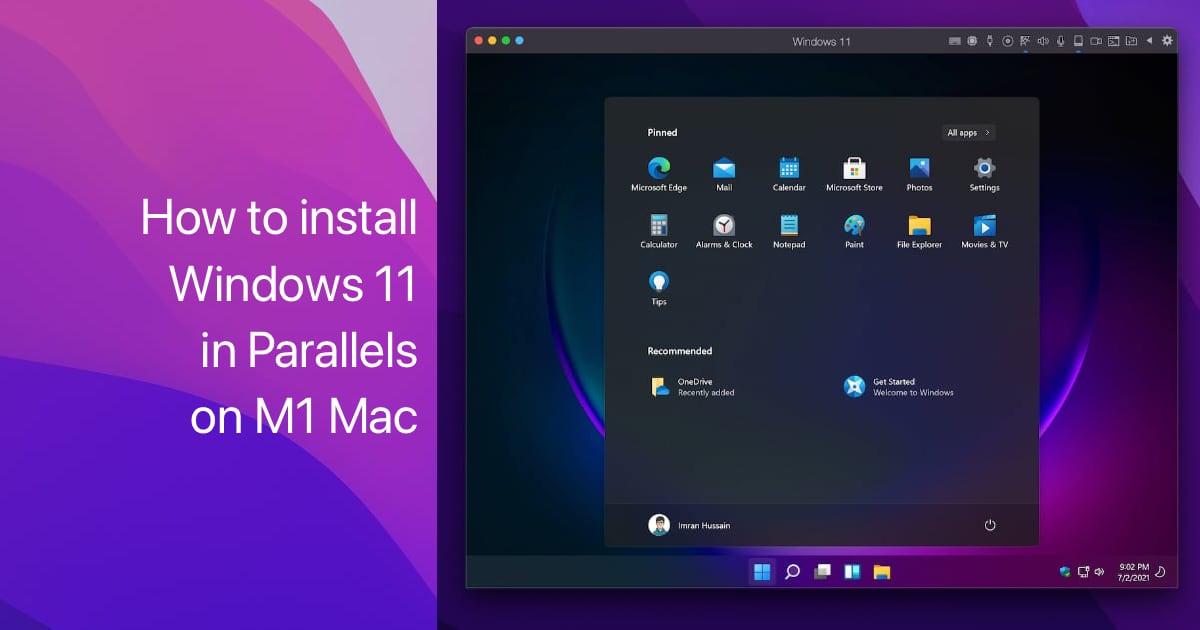

- #PARALLELS FOR MAC RIGHT CLICK MAC OS X#
- #PARALLELS FOR MAC RIGHT CLICK SOFTWARE#
- #PARALLELS FOR MAC RIGHT CLICK WINDOWS#

#PARALLELS FOR MAC RIGHT CLICK WINDOWS#
Conversely, if you've got Office for Mac installed, you can have documents on the Windows desktop launch using that suite's version of Word. doc extension-regardless of the operating system in which the document resides-it will always be launched in the Windows version of Microsoft Word. You can configure SmartSelect so that when you double click a document with a. Let's say you have Office 2007 installed on your Windows Vista virtual machine. Parallels Desktop has a nifty feature called SmartSelect, which allows you to choose which applications launch when a document file is clicked, regardless of the operating system you're using. Once it's there, you can also drag it to the Dock. Next, find the shortcut for the program you want in the Windows Program group, and then drag the shortcut icon to the Mac desktop. First launch Windows in Parallels and then click the Start button.
Open the Windows Applications folder, and you'll see shortcuts to frequently used Windows applications ( FIGURE 4.4).ĭon't see the program you want in the Windows Applications folder? You can make it available easily on the Mac desktop. You'll see another subfolder called Windows Applications. In the Parallels folder, you should see the subfolder containing your Windows Vista installation-if you accepted the setup defaults, it should be labeled Microsoft Windows Vista. This launch technique involves browsing that virtual disk, finding the program file, and double-clicking it.ĭouble-click the Macintosh HD icon on the desktop, and then double-click Users > Your Home folder (labeled with your account name) > Documents > Parallels. If you'll recall from Chapter 3, part of the setup process involved creating a virtual hard disk on which Windows is then installed. #PARALLELS FOR MAC RIGHT CLICK SOFTWARE#
Since many people want to run Windows on the Mac so that they have access to a favorite Windows software title, this may be the most efficient launch method for many users. This is very handy if you frequently use a given program. In Parallels Desktop, you can start a Windows program without actually starting Windows first.
At the Configuration screen, click the green arrow button mentioned in Step 2 to launch Windows. Select the operating system you want to use, and then click the Select button. It should be labeled Microsoft Windows Vista.pvs ( FIGURE 4.1).įigure 4.3 Got more than one virtual machine? Lucky you! Choose the one to run here. Locate the icon that Parallels placed on your desktop when you created the Windows Vista virtual machine. This is the simplest, fastest way to start the Windows Vista virtual machine you've created: Let's look at each of these methods, and why you'd choose one over the other. You can designate documents on the Mac to always be opened by programs in Windows. 

#PARALLELS FOR MAC RIGHT CLICK MAC OS X#
Double-click a document in Mac OS X that's been associated with a Windows application in Parallels. Launch a program installed in Windows, or a Windows component. Launch Parallels by double-clicking its program icon, which is stored in a subfolder labeled Parallels inside the Applications folder. Double-click the icon Microsoft Windows Vista that the installation process left on the Mac desktop. There are several ways you can launch Windows in Parallels Desktop for Mac. Showing them Parallels in action-particularly running on Leopard-is a compelling experience for Windows users, and usually turns those who were merely curious into bona fide Mac buyers. Almost all of them, though they are not techies, have heard of Parallels Desktop for Mac, and as Windows users looking to switch, it's an intriguing product for them. What I'm hearing more often lately from Windows users is that they are considering buying a Mac, but they also want the option to run Windows on it. In fact, I enjoy it, because it keeps me in touch with what everyday folks want in personal technology. I can always tell when they're seeking counsel, because they usually initiate the conversation with, "People probably ask you this all the time, but. Because I write a newspaper column that often features reviews of new personal computer systems, those in the market for a machine often ask my advice-and that includes my coworkers.








 0 kommentar(er)
0 kommentar(er)
